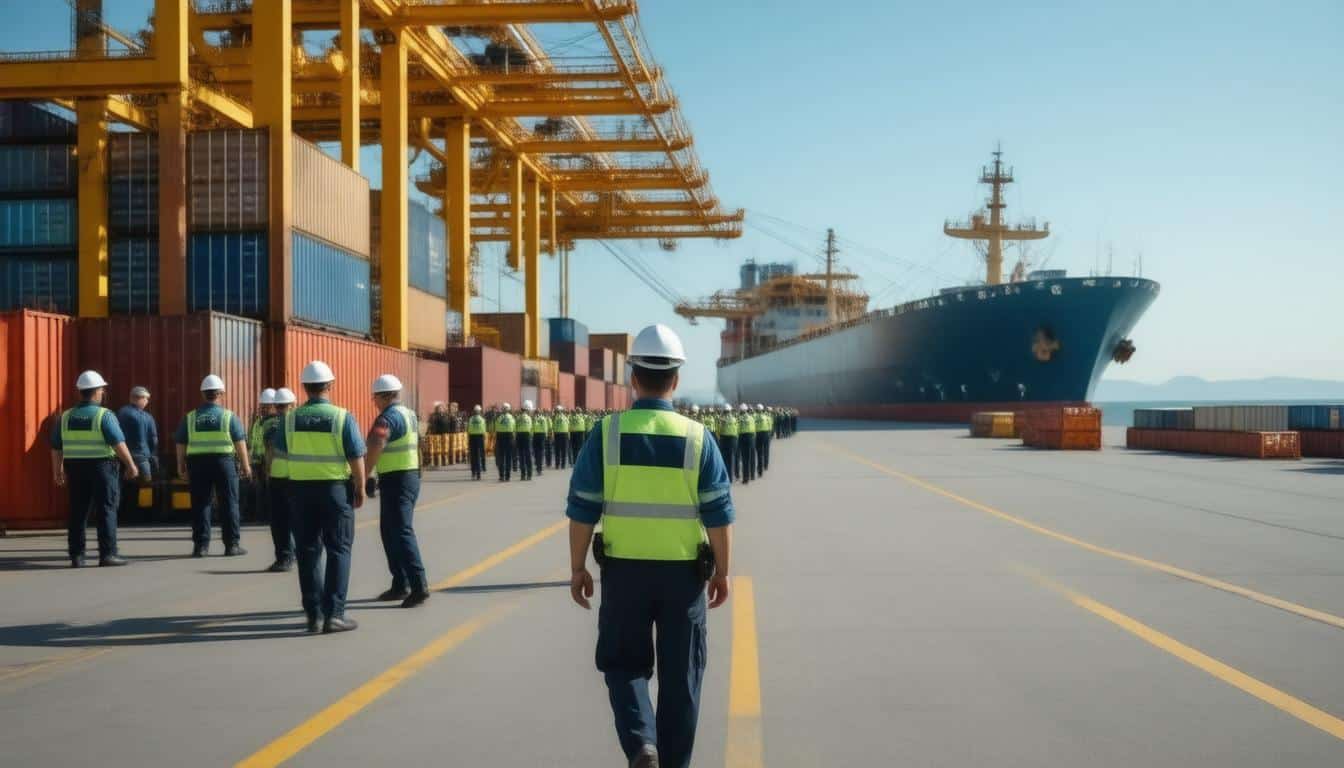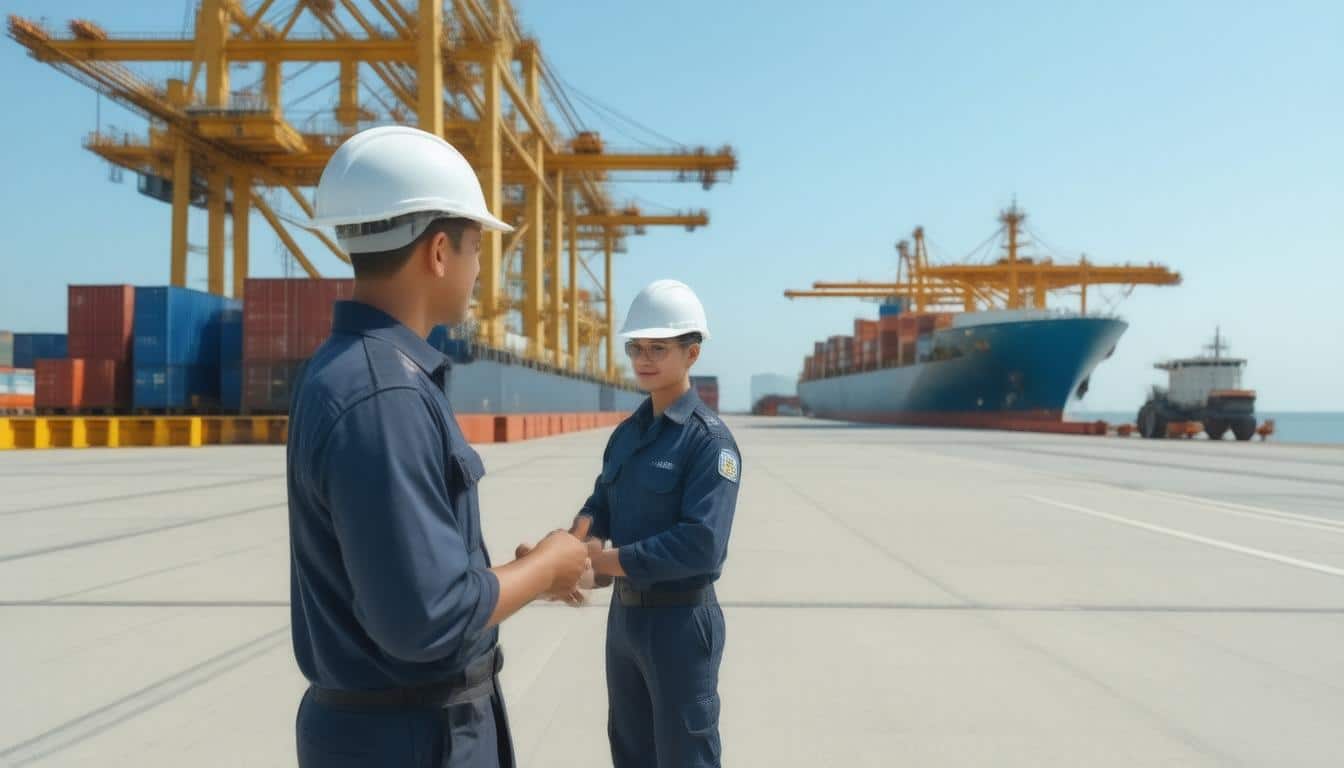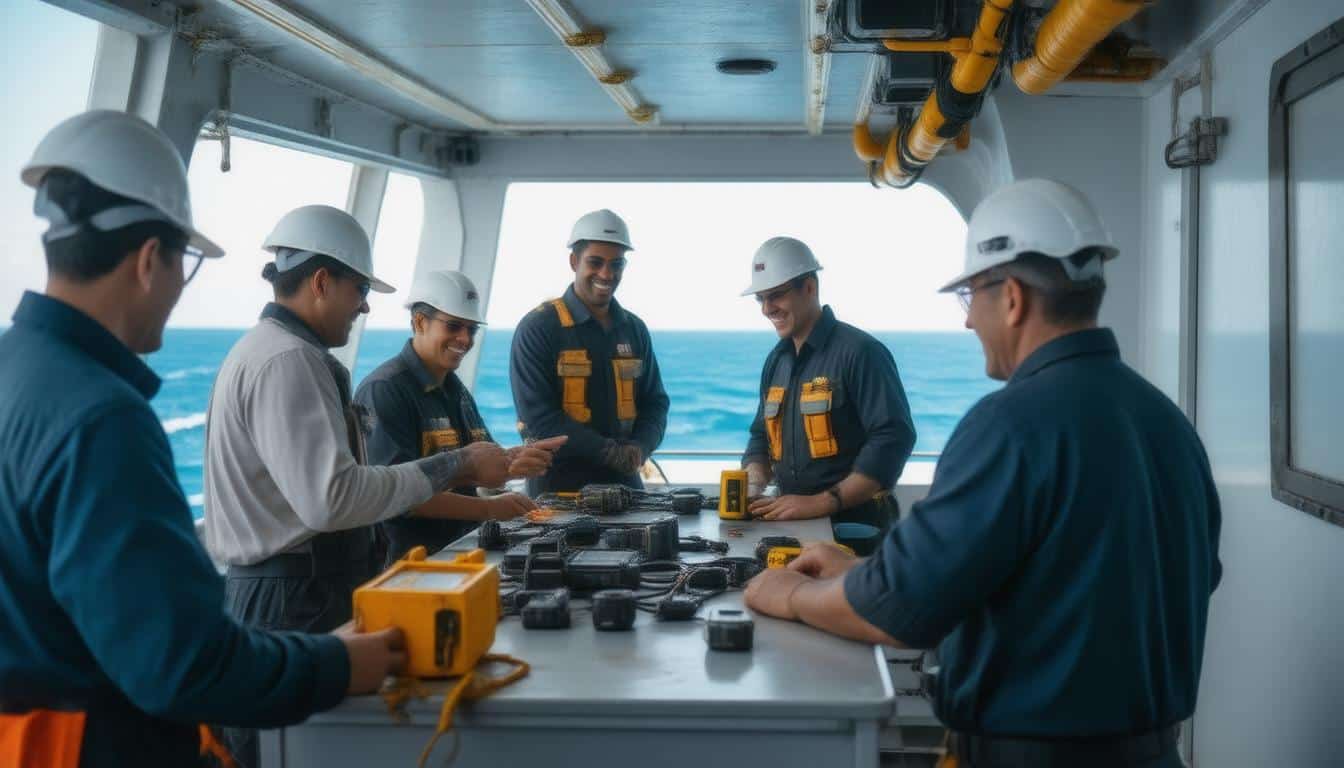In today’s world, port facilities face an array of modern threats that can jeopardize both national security and commerce. As global trade continues to expand, ensuring the safety and security of ports has become paramount. One of the linchpins in preventing these threats is the well-trained Port Facility Security Officer (PFSO). In this article, we explore how Port Facility Security Officer training protects ports from modern threats by equipping these professionals with the skills and knowledge necessary to address evolving security challenges effectively.
Learn More About Our Courses Here!
Key Takeaways
- Port Facility Security Officer Training equips personnel to handle contemporary security challenges effectively.
- Understanding the nature of modern threats is crucial for developing a robust security plan for ports.
- Effective training programs include simulations, drills, and updates on current security protocols.
- Ongoing training improves the readiness and response capabilities of security personnel at ports.
- The impact of training is reflected in enhanced safety measures and reduced risk of security breaches.
Overview of Port Facility Security Officer Training
In an increasingly interconnected world, the role of Port Facility Security Officers (PFSOs) has become crucial in safeguarding our maritime infrastructures. The training for PFSOs is comprehensive, equipping them with the necessary skills and knowledge to effectively implement security measures at ports. This training focuses on a variety of topics, including risk assessment, emergency response planning, and the identification of potential threats like terrorism and piracy. By mastering these areas, PFSOs are better prepared to protect ports from modern threats. Notably, the emphasis on scenario-based training helps them to anticipate and react swiftly to incidents, ensuring the safety of cargo, personnel, and the environment. Ultimately, robust training for Port Facility Security Officers not only defends ports but also enhances the overall security of maritime operations, fostering international trade and economic stability.
Understanding Modern Threats to Port Security
In today’s increasingly complex maritime landscape, understanding modern threats to port security is crucial for safeguarding vital trade infrastructures. One effective strategy in combating these threats is the comprehensive training of Port Facility Security Officers (PFSOs). This training equips officers with the knowledge and skills necessary to identify vulnerabilities and implement security measures tailored to their specific port environments. Topics covered in PFSO training include risk assessment, emergency preparedness, and counter-terrorism protocols. By ensuring that port personnel are well-prepared, PFSO training plays a fundamental role in enhancing the overall security posture of maritime facilities. As threats evolve—from cyber-attacks targeting port operations to physical security breaches—the ongoing education and vigilance provided through PFSO training become essential in protecting ports from both traditional and modern threats.
Learn More About Our Courses Here!
Key Components of Effective Training Programs
Effective training programs are crucial in enhancing the safety and security of port facilities, addressing a myriad of modern threats. At the core, Port Facility Security Officer (PFSO) training equips personnel with the knowledge and skills necessary to implement comprehensive security measures. A well-designed PFSO training program covers critical elements such as risk assessment, emergency response protocols, and the use of advanced technology for surveillance. This training also emphasizes the importance of collaboration between various stakeholders, including government agencies, shipping companies, and local law enforcement, to create a unified security strategy. Furthermore, ongoing education ensures that PFSOs stay updated on evolving threats, regulatory changes, and best practices in port security. By investing in robust Port Facility Security Officer training, port authorities can significantly mitigate risks and reinforce their resilience against today’s complex security landscape.
The Impact of Training on Port Security Outcomes
In today’s rapidly evolving maritime landscape, the role of a Port Facility Security Officer (PFSO) has become crucial in safeguarding critical infrastructure from modern threats. Effective PFSO training equips officers with the skills and knowledge necessary to identify vulnerabilities, assess potential risks, and implement robust security measures. How Port Facility Security Officer Training Protects Ports from Modern Threats emphasizes the importance of continuous learning and adaptation in the face of emerging challenges such as cyber attacks, terrorism, and smuggling. By participating in comprehensive training programs, PFSOs not only enhance their ability to respond to incidents but also foster a culture of security awareness among staff and stakeholders. This proactive approach ultimately leads to improved port security outcomes, ensuring that maritime operations remain safe and efficient amidst an increasingly complex threat environment.
About Virtual Maritime Academy
Virtual Maritime Academy is a leading provider of online maritime education and training, offering a wide range of courses designed to meet the needs of the global maritime industry. With a commitment to quality and innovation, Virtual Maritime Academy is dedicated to preparing seafarers and maritime professionals for success in their careers. Now a DNV Certified Maritime Training Provider, the academy upholds the highest standards of excellence in training and education.












